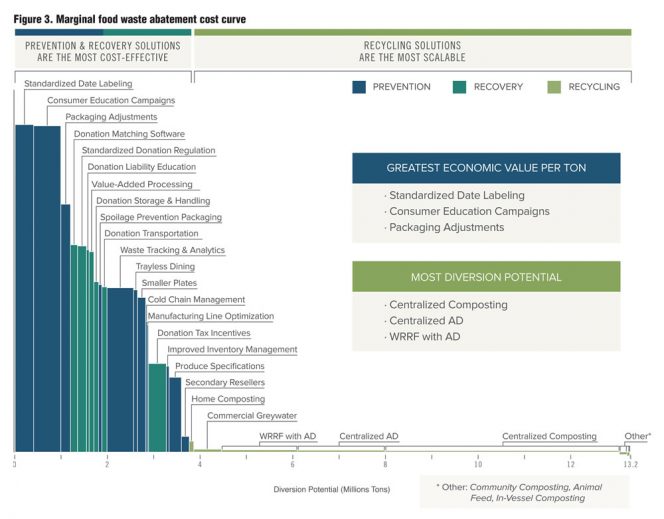Right on, thank you for the share, will check that out!
I've been experimenting with varying degrees of plant-based eating for over 5 years now. I wish I could tell you I have a definitive conclusion, but I've learned a few things that I thought I'd share that you could modulate that may help you prevent your issues with fat gain and weakness. No promises that any of this is backed by anything other than my personal experience.

First, I don't seem to do as well on the truly whole foods version, meaning specifically no oil. Maybe with more retooling I could get there, but maintaining moderate fat intake (can obviously be from nuts/seeds/avocados, but importantly oil) helps me with satiety a lot. This then controls the caloric intake of grains/starches, and thus weight.
Second, I found I feel better with higher levels of protein than are easily obtained eating only whole plant foods. I address this with a combination of 1) a modest amount of animal products, normally on weekends for me (good chance to include those healthy seafoods that meet the intersection of eco-friendly and healthy for you) and 2) vegan protein powder. I don't like the cost ($/g of protein on this is materially elevated from beans, grains, etc.) nor the extra plastic/bag waste that these powders come with (although not as different as you may think from say tofu when adjusted per unit of protein). So it's not an ideal solution. But having 1-2 scoops of protein powder, ~+45g, really helps me in terms of energy/satiety/athletic performance/fat (management).
The downside of the higher protein solution is the longevity research done by Valter Longo claims it's the elevated protein itself that's the (health) issue, not the actual character of the protein. I actually reached out to him to confirm this, hoping that somehow the structure of plant protein would exempt it from those risks (this was a whole other rabbit hole - animal proteins are lower in certain amino acids/the BCAAs [especially leucine, the most important/limiting in hypertrophy], which while helpful for athletics are supposedly worse for for your health). Not so lucky.
Life is messy - tradeoffs (for food, some: environment (with multiple sub categories), animal ethics, personal health, economics, energy, athletics performance, body composition via muscular hypertrophy/fat loss) and all.

